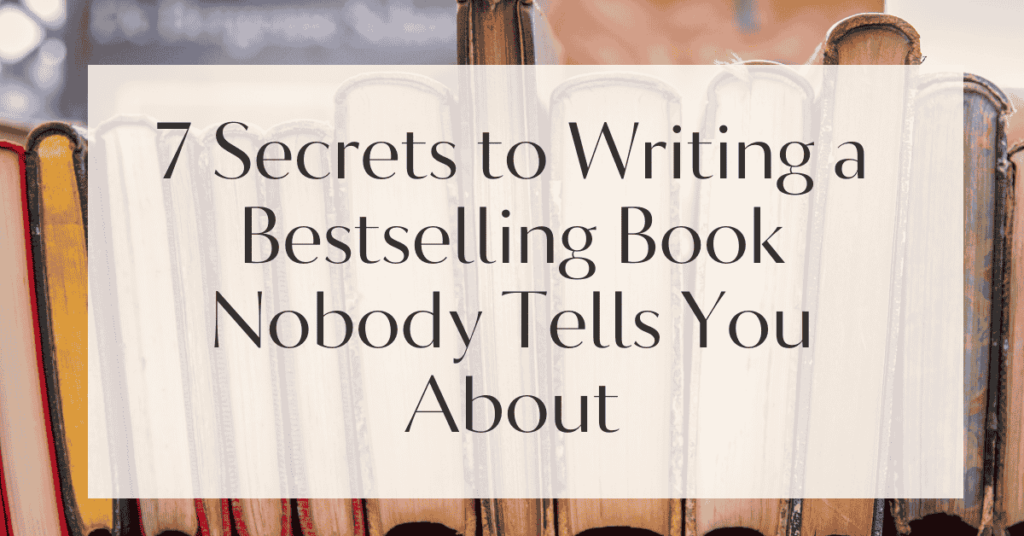Have you ever wondered what magic ingredients transform an ordinary book into a bestseller?
Is it the plot, the characters, or perhaps the marketing strategies?
Writing a bestselling book can seem like unraveling a mystery, but once you discover the secrets, it becomes an achievable goal.
Dive into the world of bestselling authors and uncover the steps that could lead your manuscript to the top of the charts.
Understanding the Market: What Makes a Bestselling Book?
Before penning your masterpiece, it’s crucial to understand the market dynamics that define a bestseller.
A book doesn’t become a bestseller by mere chance; it resonates with readers, aligns with market trends, and often taps into universal themes that speak to a wide audience.
Feeling lost with your debut novel?
Fiverr Pro connects you with expert editors, designers, and marketers – everything you need to get your book ready for success!

Identifying Your Audience: Who Will Read Your Book?
The first step in crafting a bestseller is identifying your target audience.
Knowing who will read your book helps tailor your content to their interests and preferences.
Are you writing for young adults, thrill-seekers, or perhaps history buffs?
Understanding your audience allows you to speak directly to their needs and desires, creating a connection that compels them to turn each page.
Think about your ideal reader. What do they enjoy?
What problems do they face that your book can address?
Creating a reader persona can guide your writing and marketing efforts, ensuring you meet the expectations of those who pick up your book.
Researching Trends: What’s Selling Now?
Keeping a pulse on current trends can significantly influence your book’s success.
Analyze bestseller lists, explore what’s popular in your genre, and pay attention to emerging themes.
While it’s essential to remain authentic to your story, aligning with market trends can provide a strategic edge.
Consider the following table to analyze current market trends:
| Genre | Popular Themes | Top Authors |
|---|---|---|
| Thriller | Psychological Suspense, Crime Solving | Gillian Flynn, Lee Child |
| Romance | Forbidden Love, Historical Romance | Nicholas Sparks, Julia Quinn |
| Science Fiction | Dystopian Futures, Space Exploration | Isaac Asimov, Andy Weir |
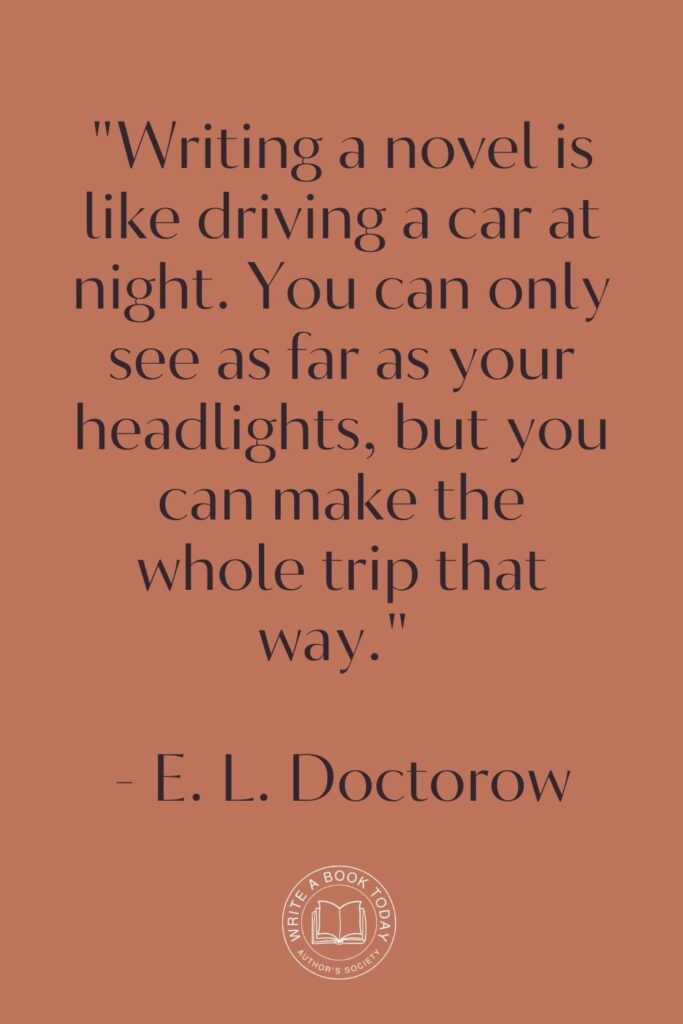
Crafting a Compelling Idea: The Foundation of Your Book
Your book’s core idea is its heartbeat. It should be unique yet relatable, offering something fresh to readers while touching on familiar emotions or experiences.
A compelling idea is one that captures attention and sparks curiosity from the get-go.
Developing Suspense: Keeping Readers Engaged
Suspense is not just for thrillers; it’s a tool to keep readers hooked across all genres.
It’s the tension that makes a reader unable to put down your book.
Whether it’s a love story or a fantasy epic, introducing suspenseful elements can elevate your narrative, urging readers to keep turning pages to see what happens next.
Use cliffhangers strategically. End chapters with unresolved questions or dilemmas that encourage readers to continue.
This technique keeps the momentum going and maintains reader interest throughout your book.
Creating Relatable Characters: Humanizing Your Story
Characters are the soul of your book. They must be multidimensional, with flaws and strengths that readers can relate to.
A character that resonates with readers can elevate a story from good to unforgettable.
Consider giving your characters backstories that inform their motivations and actions, making them feel real and compelling.
Give your characters unique voices. Dialogue should reflect their personality and background, adding depth and authenticity to your story.
Readers often remember characters long after they’ve finished a book, so make yours memorable.
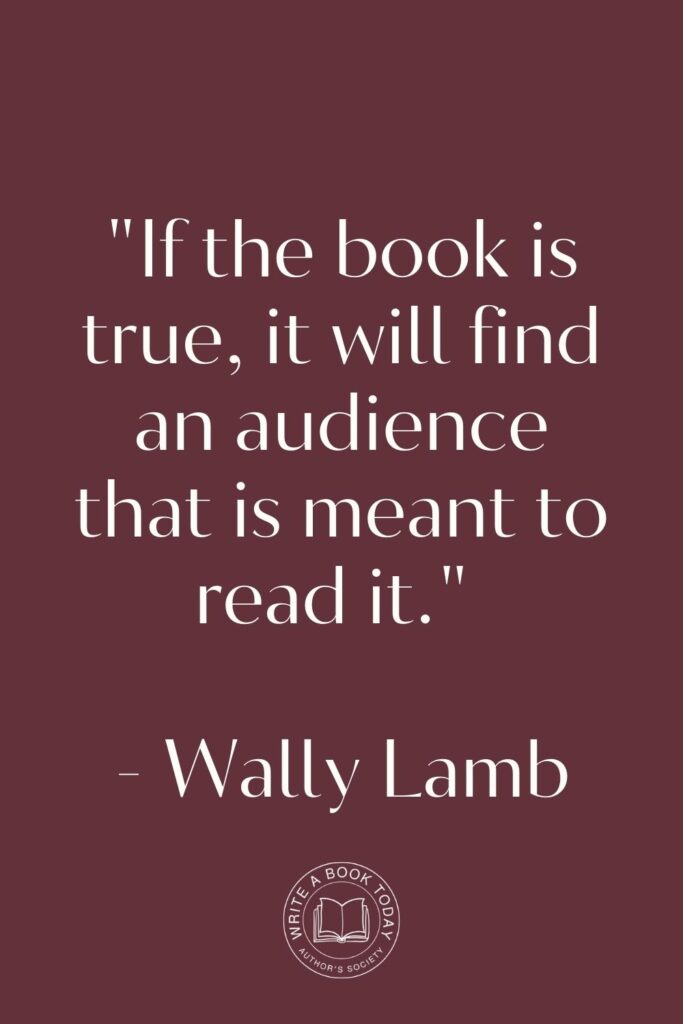
Mastering the Art of Storytelling: Structure and Style
Storytelling is both an art and a science. A well-structured story with a clear beginning, middle, and end can captivate readers and leave a lasting impression.
Pay attention to your narrative style, ensuring it complements your story’s tone and theme.
The Importance of a Strong Hook: Grabbing Attention from the Start
The opening of your book sets the stage for the entire narrative. A strong hook draws readers in, piquing their interest and setting the tone for what’s to come.
Whether it’s an intriguing question, a vivid scene, or a provocative statement, your opening should compel readers to dive deeper into your story.
No marketing platform? No social following? No problem!
Publisher Rocket helps you market your debut novel like a pro.
It’s a gamechanger for debut authors – try it today!


Navigating the Editing Process: Refining Your Manuscript
Editing is where your book truly comes to life. It’s the process of refining your manuscript, polishing your prose, and ensuring clarity and coherence.
Editing isn’t just about fixing grammatical errors; it’s about enhancing your story’s impact and ensuring it resonates with readers.
Consider hiring a professional editor. A fresh set of eyes can catch issues you might have missed and provide invaluable feedback to strengthen your manuscript.
Editing is an investment in your book’s success.
Building Your Author Platform: Marketing Strategies for Success
In today’s digital age, an author’s platform is crucial for reaching potential readers.
Building a robust online presence can significantly impact your book’s visibility and sales.
Engage with your audience, share insights, and promote your work across various platforms.
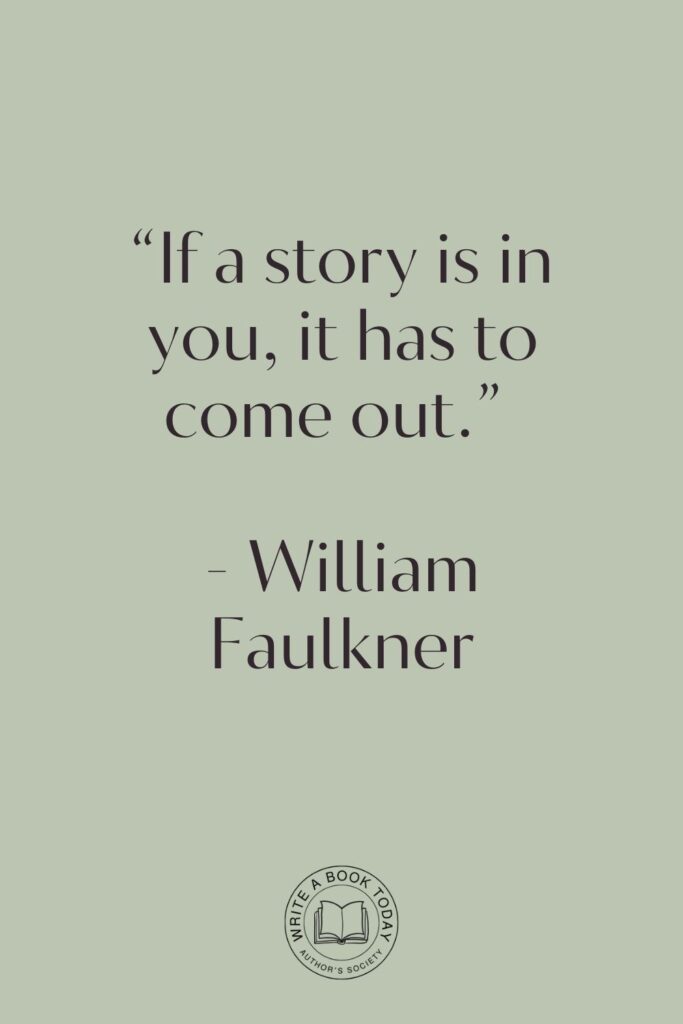
Leveraging Social Media: Engaging with Your Audience
Social media offers a direct line to your readers.
Use platforms like Instagram, Twitter, and Facebook to connect with your audience, share behind-the-scenes glimpses of your writing process, and build anticipation for your book.
Consistent engagement can foster a loyal reader base eager to support your work.
Utilizing Book Launch Campaigns: Making an Impact
A well-executed book launch can catapult your book into the spotlight.
Plan a campaign that includes pre-launch teasers, exclusive content for early buyers, and events such as virtual book readings or Q&A sessions.
A strategic launch can create buzz and drive initial sales, setting the stage for long-term success.
Google Docs is for notes. Scrivener is for novels. Upgrade your writing game and try it for free today!

Collaborating with Influencers: Expanding Your Reach
Influencers can amplify your book’s reach, introducing it to broader audiences.
Collaborate with bloggers, bookstagrammers, and other influencers in your genre to spread the word about your book.
Their endorsement can lend credibility and attract new readers.
Creating Buzz: The Power of Word-of-Mouth Marketing
Word-of-mouth remains one of the most powerful marketing tools.
Encourage readers to share their thoughts on your book, leave reviews, and recommend it to others.
Creating a buzz around your book can lead to organic growth and sustained sales.
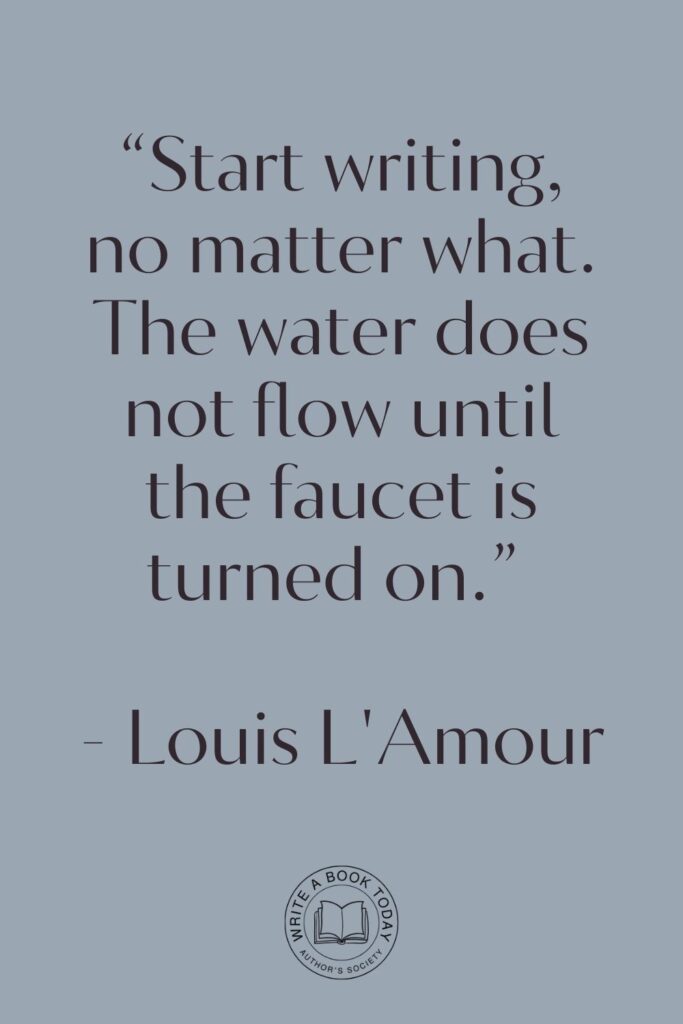
Engaging with Book Reviewers: Gaining Credibility
Book reviewers can provide valuable exposure and lend credibility to your work.
Reach out to reviewers within your genre, offering review copies in exchange for honest feedback.
Positive reviews can enhance your book’s reputation and attract more readers.
Strategies for Long-Term Success: Keeping Your Book Relevant
Writing a bestselling book is not just about the initial launch; it’s about maintaining relevance and sustaining sales over time.
Implement strategies that keep your book in the public eye and continue to engage your audience.
Continuous Engagement: Building a Community Around Your Work
Engage with your readers even after your book’s release.
Create a community around your work through newsletters, social media interactions, and events.
Continuous engagement keeps your audience invested in your journey and encourages them to support future projects.
Analyzing Sales Data: Adapting Your Strategy
Regularly analyze sales data to understand your book’s performance. Identify trends, peak sales periods, and areas for improvement.
Use this data to adapt your marketing strategy, ensuring your book remains competitive and appealing to readers.
In conclusion, writing a bestselling book involves a blend of creativity, strategy, and perseverance.
By understanding your market, crafting a compelling story, mastering storytelling techniques, and employing effective marketing strategies, you can unlock the secrets to success.
Remember, every bestseller starts with a single idea, so dare to dream big and write the book only you can create.


